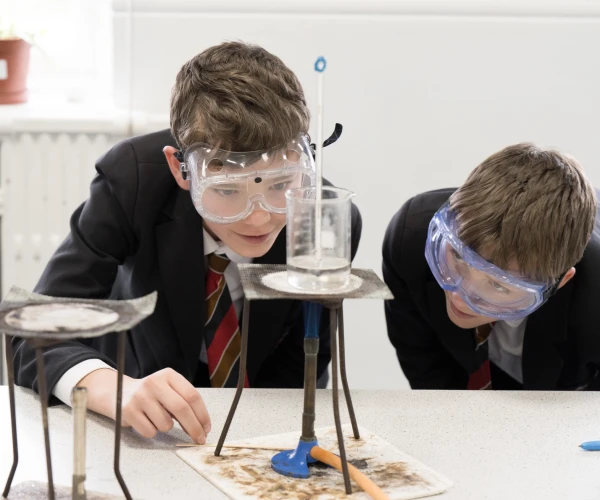- Whole School Curriculum
- Faculties and Subject Curriculum
- Art & Design faculty
- Business & Economics faculty
- Careers and Personal Development faculty
- Personal Development – The Big Picture
- Skills Builder
- Careers Education and Guidance
- Quality in Careers Standard Award
- Careers Advice
- Careers Fair
- Careers Presentations
- Careers Websites and Further Information for students
- HGS and the Careers & Enterprise Co.
- Work Experience
- Careers Education Provider Access Policy (Baker clause)
- National Careers Week
- Careers in Focus
- English faculty
- EPQ
- Humanities faculty
- Languages faculty
- Learning Support faculty
- Mathematics & Computing faculty
- PE and Sport faculty
- Performing Arts faculty
- Science faculty
- Assessment
- Extra curricular
- Careers and Personal Development
- Remote learning
- Year 9 options
Assessment
The Purpose and Principles of Assessment
There are 3 main forms of assessment;
- In-school formative assessment – this is the evaluation of students’ knowledge and understanding, which takes place on a day-to-day basis in lessons and through home learning. This information is used in order to inform and adapt teaching, both during lessons and from one lesson to the next.
- In-school summative assessment – this is a summary point used to evaluate what students have learned through Common Assessment Tasks (CATs), in order to measure their progress from an identified starting point. This helps to identify areas for development and also informs reporting home.
- Nationally standardised summative Assessment – this is assessment used by the Government to hold schools to account. For example; SAT, GCSE and A-Level examinations.
KS3 Grades
Years 7 to 9: Common Assessment Task (CAT)
This is the level the student is achieving at the current moment in time based on an assessed piece of work conducted in test conditions and completed each half term. If a student misses a CAT due to absence, then this will be replaced with a teacher assessment grade, based on their most recent assessed work. This level may well fluctuate during the year as different skills and topics are tested. Understanding what has been tested and how your child has done in that particular area should help you to identify specific areas where support is needed.
KS4 Grades
Years 10 & 11: Common Assessment Task (CAT)
This is the level the student is achieving at the current moment in time based on an assessed piece of work conducted in test conditions and completed each half term. If a student misses a CAT due to absence, then this will be replaced with a teacher assessment grade, based on their most recent assessed work. This grade may fluctuate depending on what is being assessed each half term.
Teacher estimate
This is the result we expect the student to achieve at the end of the course, based on all of their work to date, and if the student continues at their current rate of progress.
- Whole School Curriculum
- Faculties and Subject Curriculum
- Art & Design faculty
- Business & Economics faculty
- Careers and Personal Development faculty
- Personal Development – The Big Picture
- Skills Builder
- Careers Education and Guidance
- Quality in Careers Standard Award
- Careers Advice
- Careers Fair
- Careers Presentations
- Careers Websites and Further Information for students
- HGS and the Careers & Enterprise Co.
- Work Experience
- Careers Education Provider Access Policy (Baker clause)
- National Careers Week
- Careers in Focus
- English faculty
- EPQ
- Humanities faculty
- Languages faculty
- Learning Support faculty
- Mathematics & Computing faculty
- PE and Sport faculty
- Performing Arts faculty
- Science faculty
- Assessment
- Extra curricular
- Careers and Personal Development
- Remote learning
- Year 9 options












